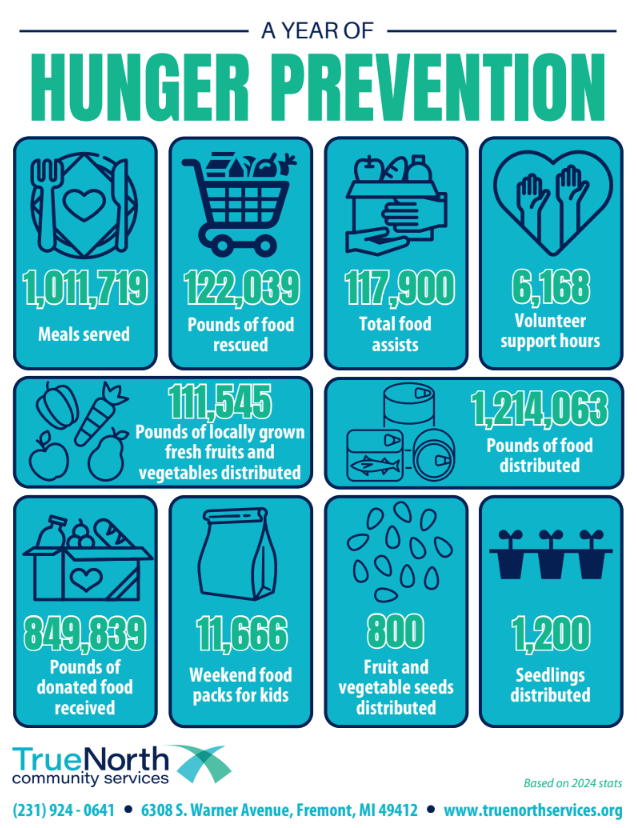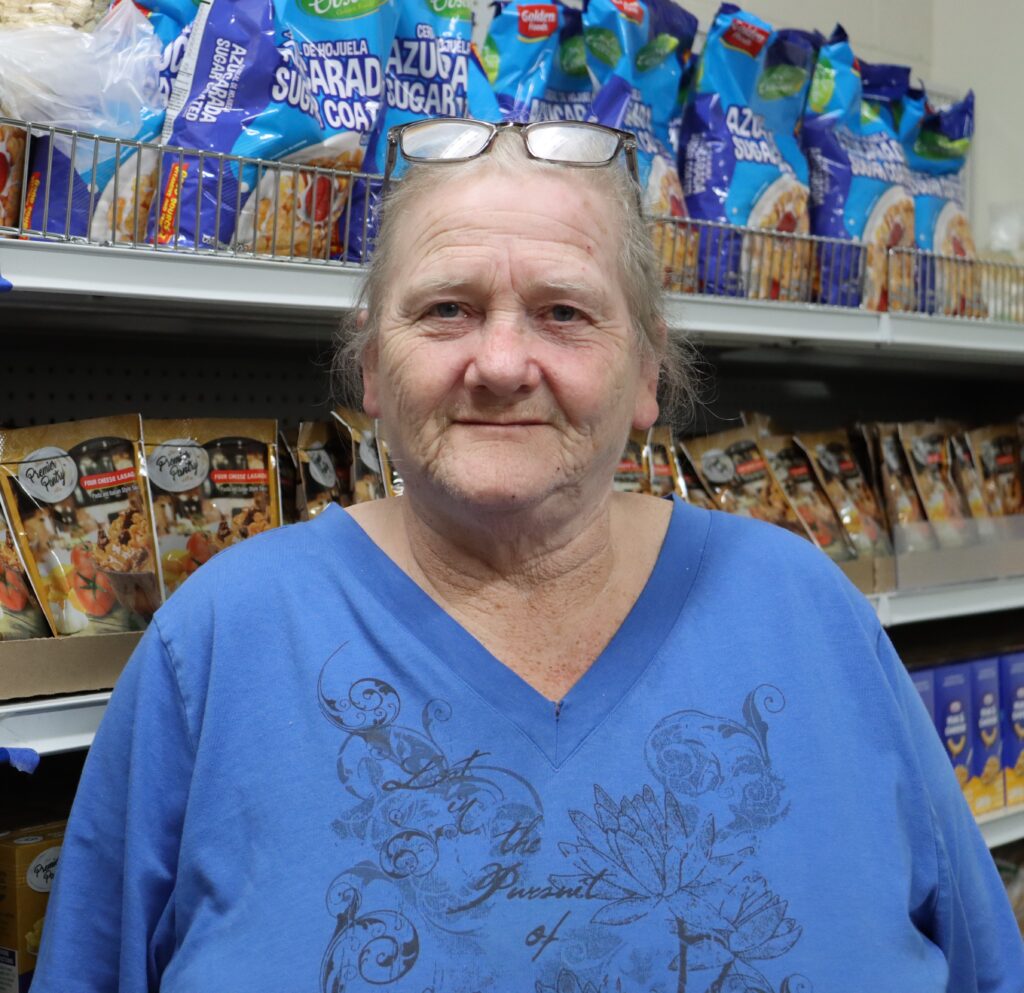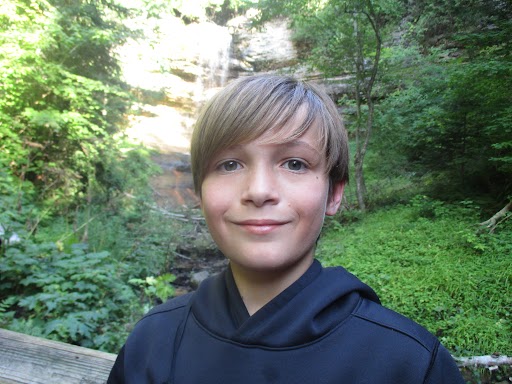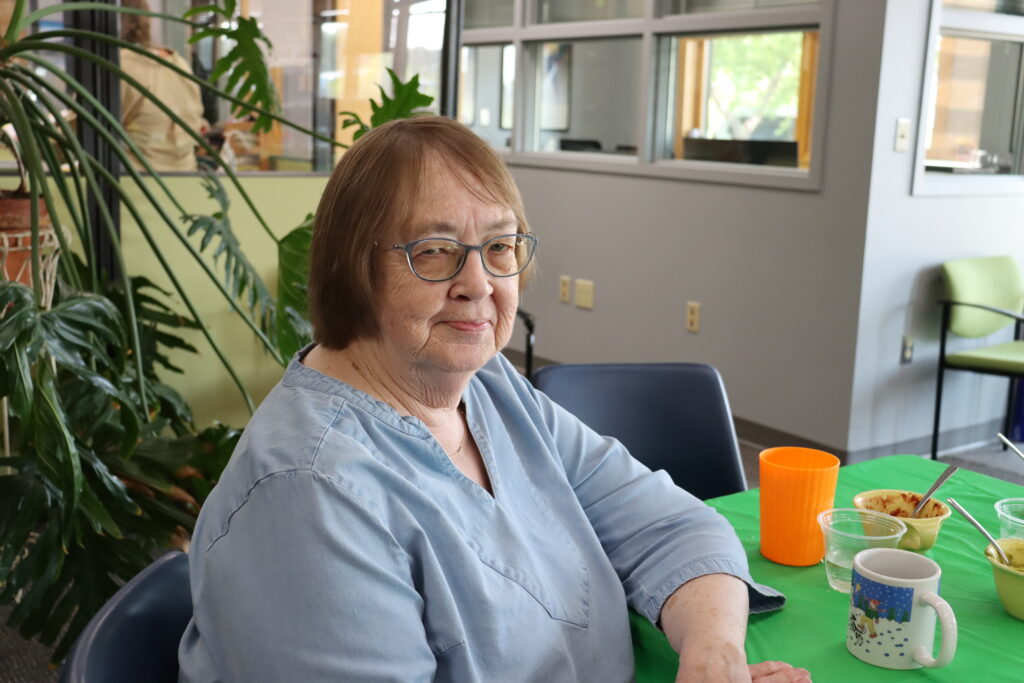The Arts Bring Rural Communities Together
Art brings people together. Whether through music, theatre or the visual arts, rural communities that prioritize the arts receive numerous benefits.
Unfortunately, there are challenges rural communities face continuing and growing arts opportunities. Keep reading to learn more about the importance of the arts in rural communities and how prioritizing the arts can bring individuals and their communities even closer together.
A Look at Arts in Rural Communities
According to Mallory Shotwell’s article, “How Art Makes Us More Human: Why Being Creative is So Important in Life,” art’s “power lies in its ability to inspire, create joy and provoke thought. Art is an expression of the human experience, and its value lies in its ability to bring people together.” This sentiment illustrates the value the arts bring to individuals and their communities. For rural areas, this is especially important as these communities typically have less opportunities for the arts and connection in general than urban areas, making arts initiatives even more essential to build and sustain vibrant communities.
Rural economies are one of the main contributing factors to there being less arts opportunities available. The report, “Rural Prosperity Through the Arts & Creative Sector,” produced by the National Governors Association (NGA), National Endowment for the Arts and the National Assembly of State Arts Agencies discuss what challenges rural communities face when concerning the arts: “Many rural areas have unique cultures to celebrate, yet they are also contending with problems related to an evolving economy, including the loss of industry, outmigration of young and skilled workers, rising poverty rates, health and health care barriers, educational attainment gaps and physical and digital infrastructure needs.” With rural communities facing economic challenges, especially households living in poverty or with low incomes, the arts tend to not be a community priority.
Rural residents already face challenges such as lack of affordable housing and food insecurity, making the arts seem like a luxury they cannot afford. Unfortunately, this mindset overshadows the benefits individuals and communities can gain through the arts. Read below to learn more about the positive impacts art can have on rural communities and their residents.
Impact of the Arts in Rural Communities
The arts have a number of impacts on both individuals and communities. From individual health benefits to strengthened community connections, art can positively affect rural communities.
Individual Benefits
Individuals involved in the arts receive a variety of benefits ranging from improved physical and mental health to renewed purpose and expression.
Physical health benefits come from more active arts engagement such as dance and music. According to Gwendolyn Rugg, Jennifer Novak-Leonard and Michael Reynolds’ article, “The Outcomes of Arts Engagement for Individuals and Communities”, physical health improvements such as hormone levels, blood pressure, mobility and cognitive function can be improved through the arts. The article also notes that older adults who engage in more active arts participation receive health-boosting effects that help lessen their risk of “developing cognitive or physical health problems as they age.” These benefits show how the arts can influence health outcomes.
Along with physical health benefits, the arts also can impact individuals’ mental health. The Mental Health Foundation explains these benefits in their article, “How arts can help improve your mental health.” The article discusses how “engaging in the arts can help with major challenges, such as aging and loneliness. It can help to boost confidence and make us feel more engaged and resilient. Besides these benefits, art engagement also alleviates anxiety, depression and stress.” These benefits are extremely essential to the well-being of rural communities as residents face mental and social health challenges. Having avenues to express their emotions, share their stories and connect with those around them, creates both positive bonds and improved self-confidence.
All of the benefits discussed above also impact communities overall as healthy and engaged residents are key parts of vibrant communities. Read about Hanna, a TrueNorth Cultural Arts’ participant, below to see how arts programming has made a real difference in her life.
Hanna’s Story
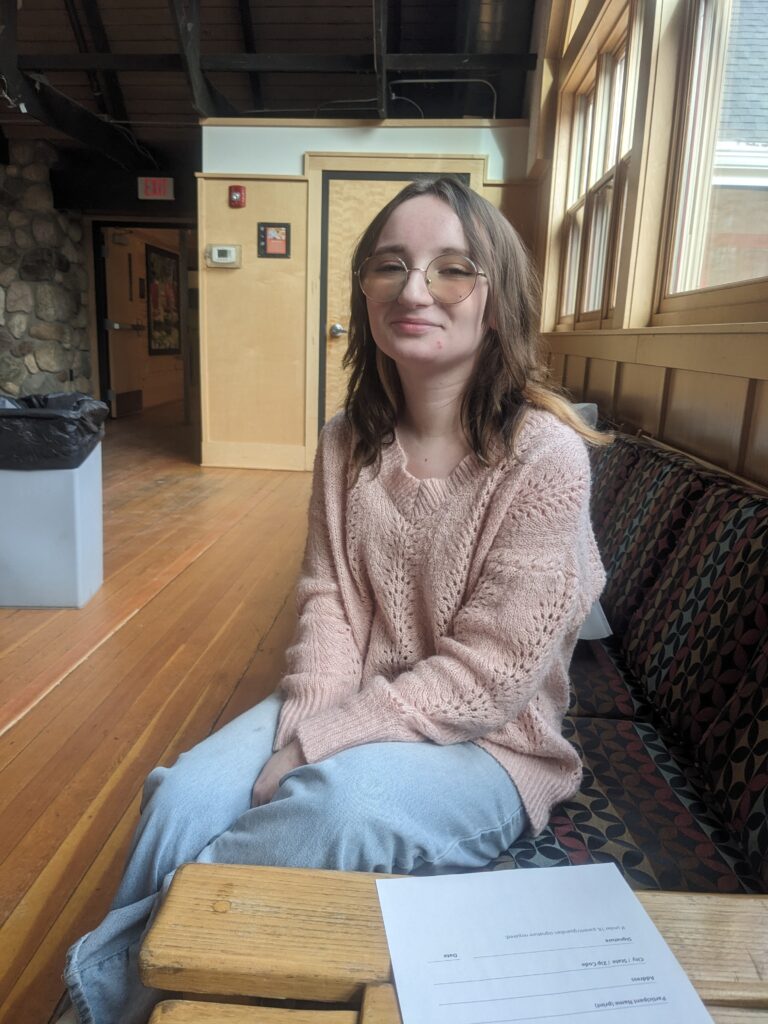
“Working with art as much as possible at any opportunity that I can, I grab at that no matter what it is, because there’s just very little opportunities in general,” says TrueNorth Cultural Arts participant, Hanna, about her excitement to be involved in the program.
Hanna is a senior at Fremont High School and attended her first Art-In and Art Contest & Exhibit at TrueNorth Community Services last year. Having the opportunity to hone her artistic skills at the Art-In and then display her work at the Art Contest & Exhibit has helped Hanna grow.
The Art-In was led by a previous art educator in Newaygo County who taught area students how to make creatures out of clay, allowing them to be creative and innovative with their projects. Not only did the Art-In provide Hanna with a creative outlet, but she was also able to apply the skills she learned in the pottery class she took the previous year.
Hanna enjoys working with a variety of mediums and styles of art. She submitted a portfolio featuring four different pieces to the 2024 Art Contest & Exhibit, including: a mixed media sculpture, a needle-fiber piece, an anime drawing and a ceramic mug shaped like a fox. Displaying her work at the exhibit was a great opportunity to share her work and see her peers’ pieces.
TrueNorth’s Cultural Arts programs have given Hanna more chances to explore different forms of art as she looks to apply for art school. She says, “So thinking like a year from now when I’ll be applying for art schools and all that, it’s a huge step forward if I can keep practicing consistently.” Hanna’s goal is to work in the animation industry, and she is grateful for all of the opportunities she has to grow as an artist.
Community Benefits
Rural communities experience a number of benefits from the arts. As seen above, the arts foster connection, helping residents feel invested in their community. Experiences like community art programs and projects bring people together with a common goal of creating art. The more involved community members are in their area, the stronger their relationships with the community, others and themselves will be.
There are also economic benefits to the arts. Many rural Michigan towns are tourist destinations that bring in revenue especially during the summer months. Having local arts opportunities encourages more people to visit and engage with the community, making it more likely for those visiting to come back again. This also promotes further connections in communities as residents engage with new people.
Support the Arts in Rural Areas
You can inspire young artists like Hanna. Whether you get involved in the arts in your community, donate to local programs or advocate for arts initiatives, you can help build vibrant communities. Learn more about TrueNorth’s Cultural Arts initiatives below.
TrueNorth’s Cultural Arts Initiatives
At TrueNorth, we strive to provide opportunities for community members to express themselves through the arts. Our initiatives focus on youth to ensure every kid has the opportunity to learn and grow in the arts. We offer a variety of programming as seen below:
- Middle and High School Student Art Trips to Museums and Exhibitions
- Guest Artist Workshop through the Art-In
- Newaygo County Art Exhibit and Art Scholarship Contest at TrueNorth
- Visiting Artist Workshops in each Newaygo County Middle and High School
- Piano Showcases on TrueNorth’s Steinway Piano
Each of these initiatives provides area kids with new experiences to learn, practice and perform different types of art.
“Anything artistic I also feel like obviously it’s a creative outlet but it allows people to sort of express themselves more than what words would,” reflects Hanna on how TrueNorth’s Cultural Arts programs have helped her express herself. “There are just emotions that you cannot capture properly as you would with like images or a 3D model.”
You can enrich the lives of young artists like Hanna by getting involved at TrueNorth. Make a caring gift or volunteer today to build and sustain vibrant communities.







